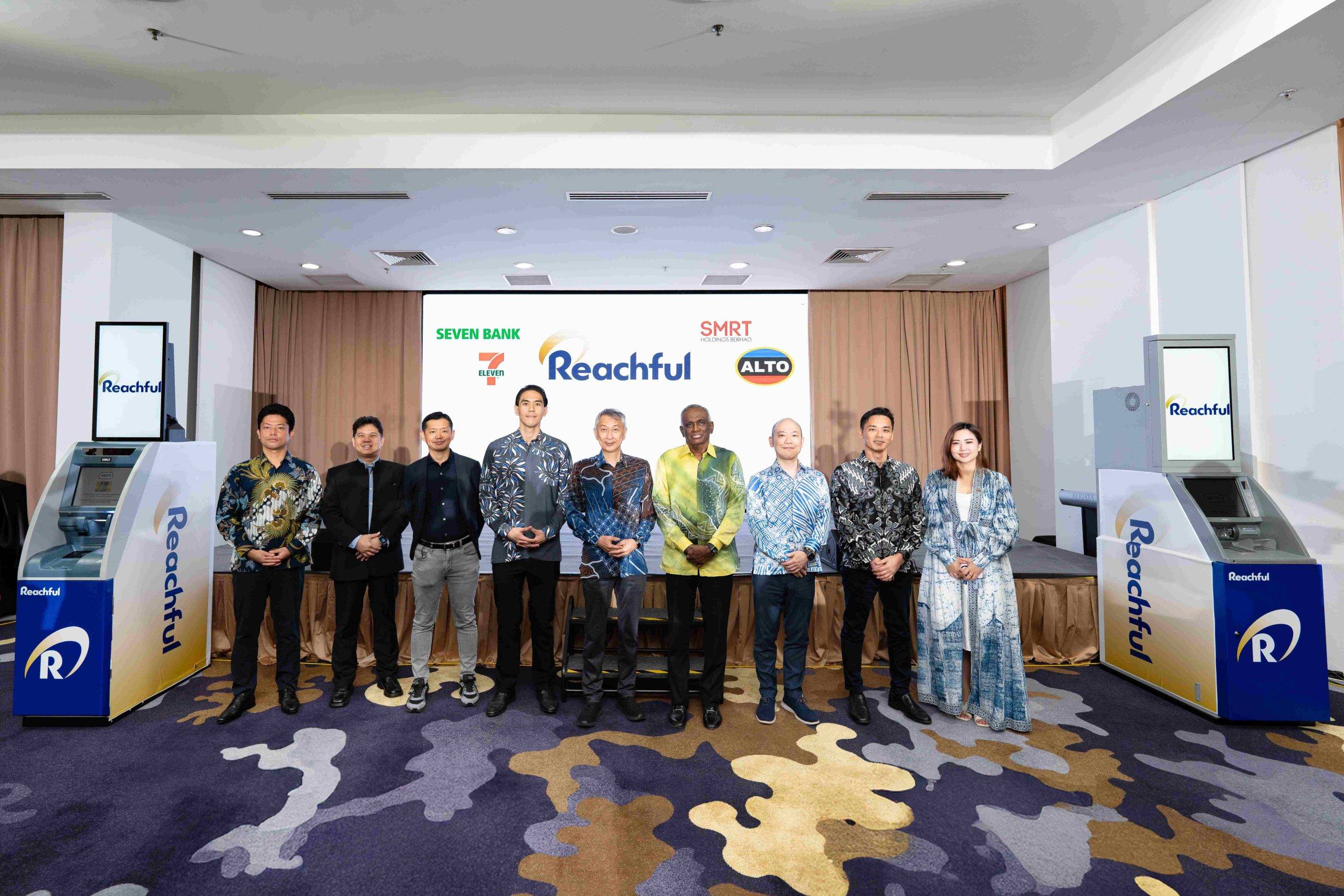Banks must adapt to the digital age by rethinking how they offer products to customers. With the landscape evolving so rapidly along with new tech and regulations, experimentation is the key operational word of the day. First item to experiment with, if not already? Embedded financial services that are behind lifestyle screens.
During the ASEAN Financial Services Excellence & Transformation Summit, or AFSET 2024, David Jimenez Mairales, a fintech and digital bank builder, highlighted during his keynote that everyone knows by now, how smart generative AI is. “You know it’s at another level, you haven’t seen that kind of intelligence before. And from the text recognition, the video creation… we see how these technologies are allowing us to serve customers better.”
AI can enhance and even change the very nature of jobs in banking from banking tellers, to market research to research analysis.
Even the face of banking is changing, helped along a lot by widespread open banking adoption in this region that is led by either regulators or markets. Why is open banking important? Third-party APIs; or application programming interfaces; are allowed and customers can select services from the financial institution of their choice, rather than being locked into their initial service provider.
Banking used to be a very heavy asset business, where in order to serve more customers, banks needed to have more branches. Would it be a stretch to think that the traditional branch model in banking will become obsolete before too long?
The best and the worst of AI

David Jimenez, Fractional CxO
We dare to entertain this idea now, due to digital financial services having become so efficient – David shared that JP Morgan can serve up to 400 customers per employee, while Cash App serves 4,000 customers per employee. Then, there is Klarna AI which is reported to have the following staggering statistics:
- 2.3 million conversations, two-thirds of Klarna’s customer service chats
- Work that is equivalent to 700 full-time agents
- On par with human agents in regard to customer satisfaction (CSAT) score
- More accurate in errand resolution, leading to a 25% drop in repeat inquiries
- Customers now resolve their errands in less than 2 mins compared to 11 mins previously
- Availability in 23 markets, 24/7 and communicates in more than 35 languages
- An estimated USD 40 million in profit improvement in 2024
No matter how impressive these figures are, many organizations would think more than twice about deploying chatbot technology when faced with news like DPD’s chatbot which swore at customers. The parcel delivery firm offers customers multiple ways to contact the firm if they have a tracking number, with human operators available via telephone and WhatsApp messaging.
And there was an “AI element within its chat” which had operated “successfully for a number of years” according to DPD.
The industry may balk at potential chatbot-from-hell type of scenarios, but there are various other ways to approach the use of AI. There is so much that AI can help banks and FSIs with, from offering personalized experiences on a daily basis to offering tailored recommendations that online services Spotify and TikTok already do.
Blurring industry boundaries
David observed an interesting trend emerging in this particular region – QR code-based real-time payments. Regulators in different countries in this region are signing memorandums of understanding to allow their nationals to travel abroad and use their QR code systems to pay for food, transport and other services, while simultaneously reducing the long-term duopoly of payment networks like Visa and Mastercard.
Consumers want to protect their property and homes, but they do not necessarily want to buy insurance.
Buy Now Pay Later (BNPL) players are also winding down, but different non-FSI companies are also launching their own BNPL capabilities which offer to consumers lending/payment facilities instead of the usual credit card payment method, at opportune purchase moments.
This is an area that regulators are putting frameworks around because more often than not, BNPL service is involving non FSI-players.

And this speaks to the embedded nature of financial services these days.
David pointed out, “Everything we do is touching money. Everytime we interact with people, everytime we interact with companies, we also touch money. In the last few years as banks become unbundled and customers/companies pick and choose which companies they want to work with.
“This has potentially opened banking services to many different new business models.”
Besides that, different verticals from eCommerce to ride-hailing are entering the FSI market. And this is possible because consumers don’t really care who the ultimate banking provider is as long as there is convenience.
For example, consumers want to protect their property and homes, but they do not necessarily want to buy insurance. The opportunity for financial services from other industries is enormous and he pointed out, “Seventy-percent of our interactions on a daily basis will require a paying link related to a banking or savings account – there are multiple banking products that will be needed.”
David prompted the idea that the industry has to rethink how banking products are being offered to customers, for example, instead of the usual banking jargon and complexity, providers of financial services could start presenting “more customer lifestyle screens with embedded banking products underneath them.”








